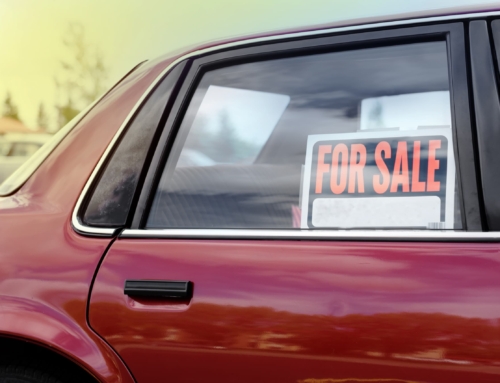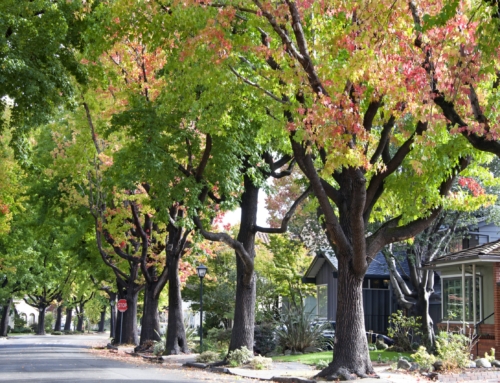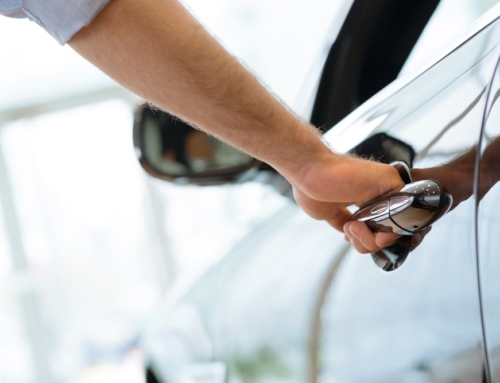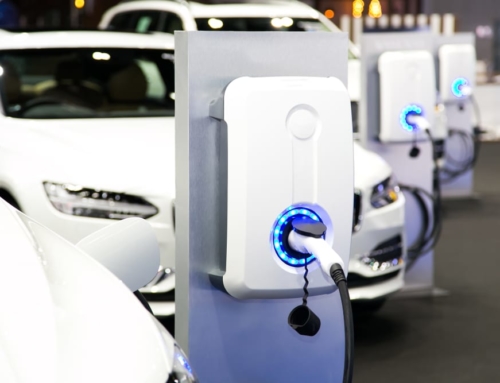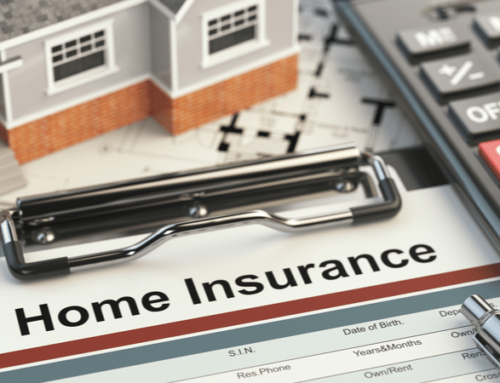When you lease a car, you’re really just renting it long-term. Because your leased car belongs to someone else—a lessor that wants the car back, whole, at the end of the lease—you may be required to carry more auto insurance than you’d normally purchase.
Must-have insurance policies for leased cars
In general, a lessee will need liability, collision, and comprehensive insurance, says Penny Gusner, a consumer analyst for Insure.com.
These are the types of car insurance many car owners would typically carry, Gusner says, but while a car owner can get away with the minimum liability limits allowed by the state, consumers who lease cars may not be able to.
“The higher coverage is to protect the financial institution writing the lease—and you, as the lessee, since you likely don’t want to go out of pocket to repair a car you don’t own,” says Jack Nerad, executive editorial director and market analyst at Kelley Blue Book.
For example, some states require drivers to carry bodily injury coverage of $15,000 per person and $30,000 per accident, and $5,000 per incident in property liability coverage. In contrast, those who lease cars typically are required to carry liability insurance to cover nearly 10 times as much: $100,000 per person and $300,000 per accident for bodily injury, and property liability coverage of $50,000 per incident .
Raising your liability limits won’t necessarily cost that much more, Gusner says, estimating an increase of about $100 to $150 more per year in costs to a lessee.
But if a lessor wants a lot of extra coverage, or your driving record or credit history isn’t stellar, “it could be a substantial amount,” Nerad says.
Collision and comprehensive coverage could also cost extra, if the lessor dictates that you choose a low-deductible plan, which costs more up front in the form of premiums. A typical lease requires a deductible lower than $500 , according to Gusner. The deductible is the amount of money you will pay out of pocket before certain coverages, such as comprehensive or collision, kick in.
What about gap insurance?
When leasing a car, you may also be required to purchase guaranteed auto protection insurance, commonly known as gap insurance. This insurance covers the “gap” between what you owe on the lease and what the car is actually worth. Most insurance companies pay only the actual cash value of a car in the case of a major accident, rather than what you paid. Gap insurance guarantees you’ll get the entire amount you owe the lessor if the car is totaled.
Gap insurance is sometimes included in the cost of your lease, Gusner says, so you should always check before buying a separate policy. If it’s not included in the lease, buying gap insurance from your insurance company is almost always cheaper than buying it from the dealership. While the costs will vary, a dealership will usually charge a flat fee, often between $500 and $1,000, whereas a gap policy through your insurance company will cost about 5 to 6 percent of your comprehensive and collision premiums each month.
No matter how you purchase it, Gusner believes that “gap insurance is smart to have” when leasing a car.
Before you head to the dealership, call your insurance agent or do some research to find out how much you can expect to pay for insurance when leasing a car. If it’s more expensive than you thought, you may have to make appropriate concessions in order to keep the lease and insurance payments within your budget.
Megan Craig is a Chicago-based journalist and communications professional who writes mostly about personal finance and consumer issues. She is a former reporter and editor for the Chicago Tribune. Follow her on Twitter @megcraig1.
[amazon_link asins=’B0002SQYTG,B005JU60ZK,B01J26HR9Y,B000BPLNXC’ template=’ProductCarousel’ store=’thinkglink-20′ marketplace=’US’ link_id=’b7834dd9-dab9-11e7-aafd-578beef03f01′]


